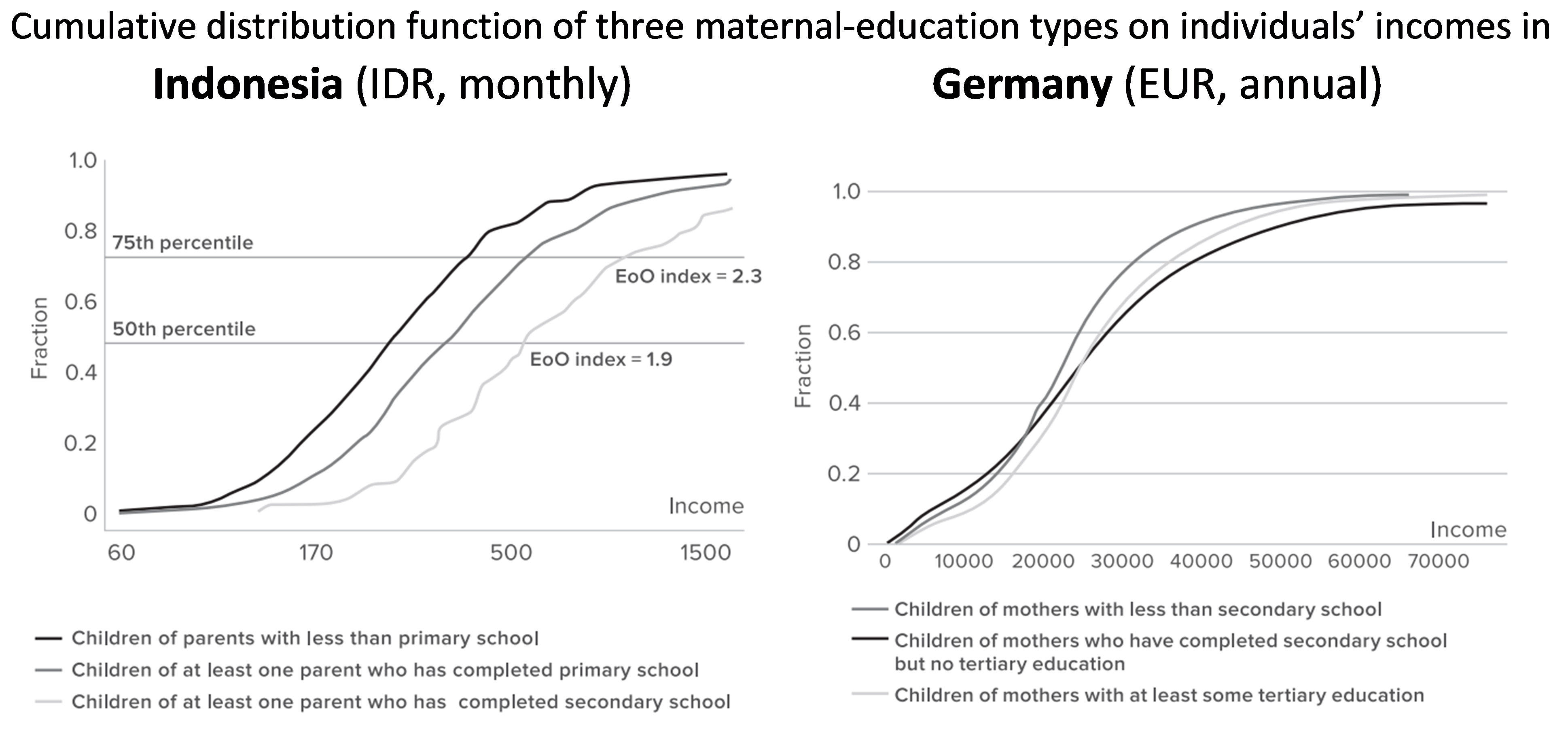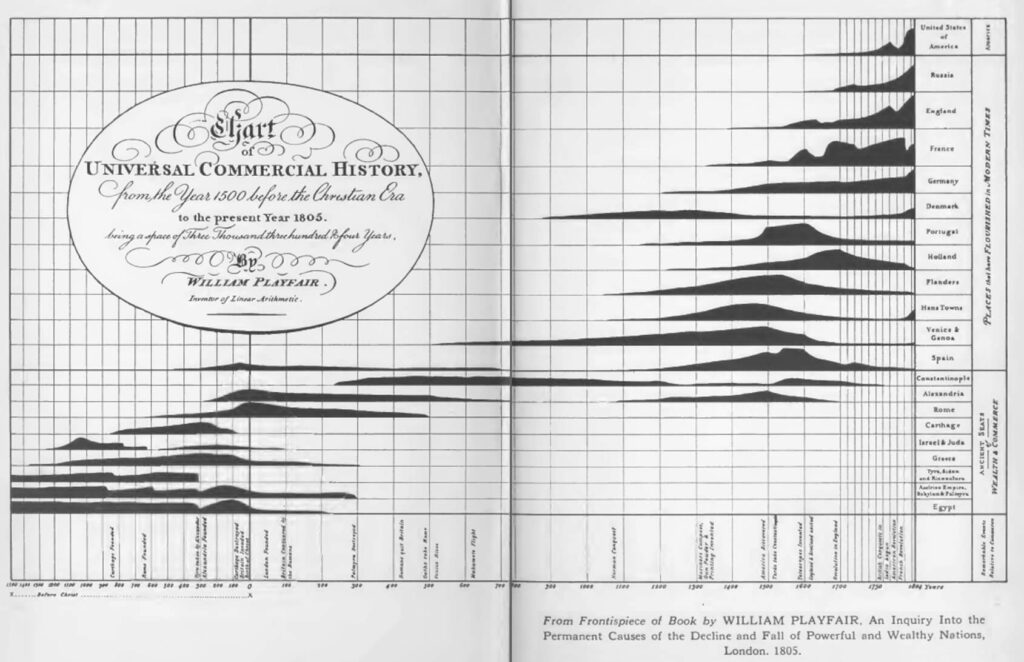Can we consider any society developed if the people have a deep sense of unfairness and believe that the ‘system is rigged’? Recent chapter by Avidit Acharya and John E. Roemer in “The Great Upheaval” argues that fairness entails equalizing opportunities rather than equalizing something else.
However, do we measure what matters?

In the end, all inequalities are unequal, but some are more unequal than others. We still use only one indicator—the Gini coefficient of income inequality—to judge them all. This chart illustrates possible approach in measuring equality of opportunity. It shows distributions of income among people, grouped by the levels of education of their two parents. These curves summarize the income opportunities available to its members. Inequality of opportunity for income appears to be a good deal higher in Indonesia than in Germany around a similar time. Measuring right inequalities could help policymakers to shape right policies.

